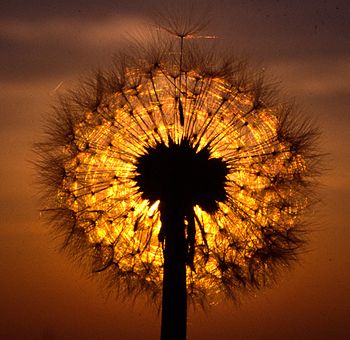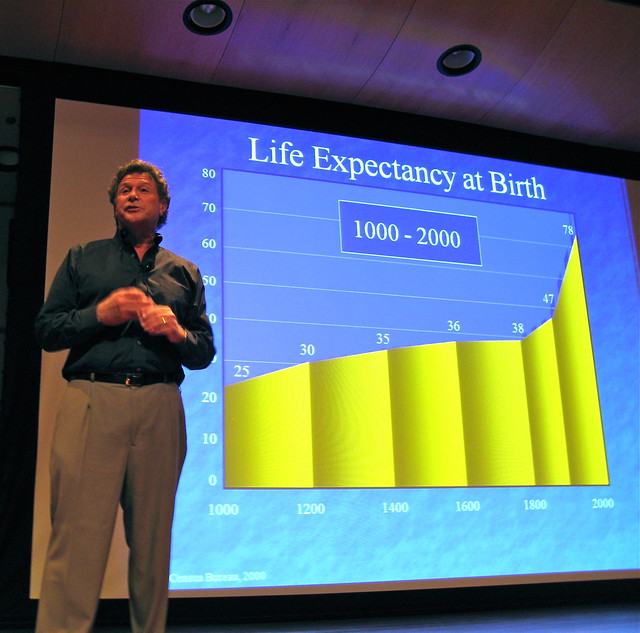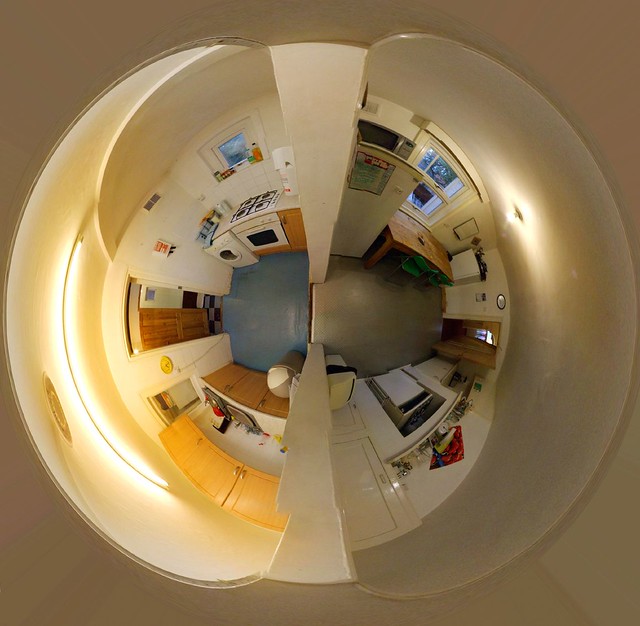 |
| Crown, Brow, Throat Chakras, Nepal 17th Century (Photo credit: Wikipedia) |
…by way of color therapy.. yoga energy balancing techniques…meditation… and a simple way of making yourself feel better and reenergized even if you don’t really believe in any of the above.
There are seven main chakras (as well as several others) in a line from the base of the spine to the crown of the head and one more newly recognized chakra just above the head which I believe is important. Each one is associated with various areas of physical, emotional and spiritual well-being. When the energy flow in one becomes blocked it can result in certain symptoms and vice versa. By keeping the chakras open and the energy flowing, we can maximize our body’s ability to keep well and heal itself.
One way of stimulating energy flow is by a simple visualization. Each chakra has a color of the spectrum linked to it. Focus on that color and imagine that color light pouring into the chakra and saturating it with pure colored light, then visualize the chakra as a spinning disc of color. Take 2 or 3 deep breaths as you do so. You can also repeat a mantra or affirmation to intensify the positive energy you are creating. Work through each chakra (see below for a summary) in turn from Root to Crown to rebalance your whole energy level.
So what about the flowers? Whatever you use to visualize the color would work, paint swatches, colored stones or crystals, an image in your mind's eye, but beautiful photographs of flowers saturated in the pure color of each chakra can bring some extra flower energy into your life as well.
Flowers raise the vibrational energy around them, which is why they have long been associated with celebrations, brought as presents to new mothers, sick people, loved ones. Weddings and funerals are lavish with them. We are rarely aware of the spiritual connection these days, we just know that flowers cheer people up and make them feel glad. So flower photos as visualization aids make sense and are beautiful to have around. www.aflowergallery.com has a whole section devoted to chakra flower photos.
There are books written about the chakras going into far more detail than there is space for here, as it is a deep and complex subject, with infinite, individual interpretations, but here is a basic, brief summary of the chakras and their associated areas and colors.
1. Root - Red
Situated at the base of the spine.
Emotional grounding and ones roots. The excretory and reproductive systems and the immune system.
Mantra “I am in touch with the earth, my roots”
2. Sacral – Orange
A hands breadth down from the belly button.
Sexuality, creativity, financial issues, honour and ethics, one to one relationships.
Genital and urinary systems, bladder and prostate.
Mantra “I am a creative, sexual being”
3. Solar Plexus – Yellow
Over the solar plexus at the bottom of the rib cage.
Self-esteem, self-confidence and how you see yourself.
Digestive system, worries and fears, the stress of responsibility.
Mantra “I believe in myself”
4. Heart – Green
Over the heart.
Love, forgiveness, unconditional love. Relationships.
Circulatory and immune systems. Heart and lungs. Loneliness.
Mantra “I can give and receive love”
5. Throat – Blue
Centre of the throat
Communication, self-expression and will power.
Thyroid problems, sore throats, addictions(due to lack of will)
Mantra “I speak my truth”
6. Brow - Indigo
Centre of forehead
Intuition, intellect and mind, inner vision.
Brain and nervous system, eye problems.
Mantra “I see clearly”
7. Crown - Violet
Top of head.
Spiritual awakening, search for meaning. Our relationship to our spirit and God.
Central nervous system, overwhelming fatigue.
Mantra “I believe”
8. Soul star – White/crystal
Directly above the crown, about two hand’s breadths from the head
Awareness of ones soul and its connection to the conscious self.
Gives perspective on life and ability to see seemingly random positive or negative events as part of the soul’s journey.
Mantra "I transcend"
This is a personal, simplified interpretation of the chakras. Use it as a stepping stone to finding out more for yourself.
Copyright Kit Heathcock 2005























